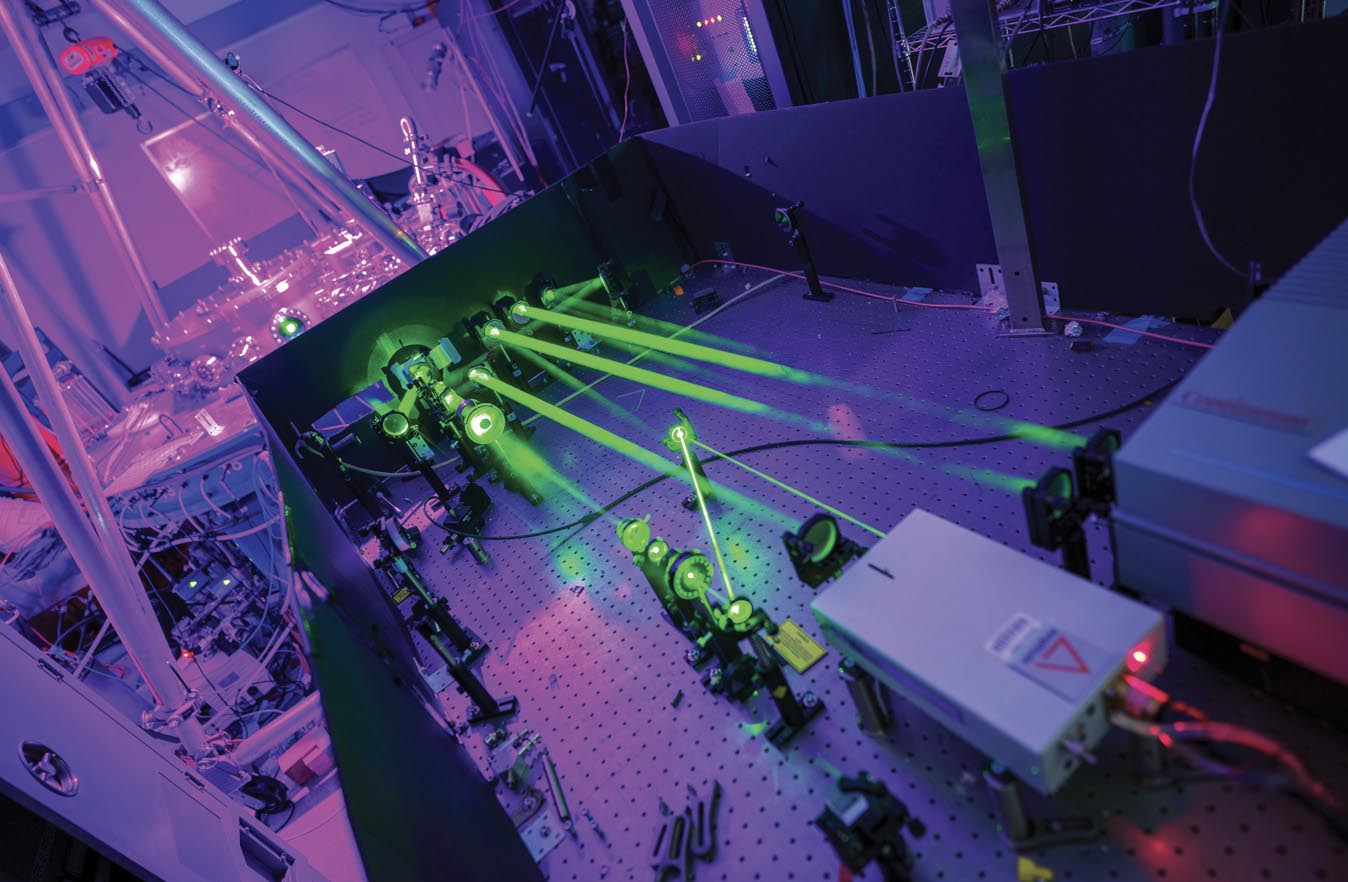UCSD institute will tackle fusion engineering problems
DOI: 10.1063/pt.lmqh.xsyu
At a fusion technology workshop at the University of California, San Diego (UCSD), in September 2023, participants asked themselves, “Is fusion a big enough program here that it should have its own institute?” recalls Javier Garay, the associate dean for research at the university’s engineering school. “We decided yes.”
Barely a year later, on 8 October, UCSD launched the Fusion Engineering Institute to focus on gaps in technology for fusion reactors, strengthen relationships with other universities and labs, and increase the number of fusion researchers. The institute, for which Garay is the founding director, is funded by the Department of Energy, UCSD’s engineering school, and private industry; institute officials declined to provide numbers.
The institute’s researchers hope to spur progress toward the long-elusive goal of harnessing nuclear fusion to produce clean energy. The two main approaches are magnetic confinement, achieved with tokamaks and stellarators, and inertial confinement, which uses lasers. Both methods heat a plasma to kick-start the fusion of hydrogen nuclei.
To be commercially viable, the process has to produce more energy than is used to create it and then steadily produce electricity. A short burst of net energy was first achieved in 2022 by the National Ignition Facility at Lawrence Livermore National Laboratory (see “National Ignition Facility surpasses long-awaited fusion milestone
Developing materials that can withstand heat and damage from nuclear reactions and designing methods to remotely maintain fusion reactors are high priorities at the new institute. Researchers will focus on engineering issues in materials science, laser technologies, robotics, and diagnostics to help facilitate the conversion of fusion energy into usable electricity. Already, says Garay, UCSD students work with scientists at the nearby DIII-D National Fusion Facility, which is operated by General Atomics for DOE and houses a tokamak.
Researchers will collaborate with the San Diego Supercomputer Center to integrate AI into research efforts. For example, AI will improve laser target tracking and placement for inertial confinement schemes, says Farhat Beg, codirector of the new institute.

Laser interferometry is used to probe the density and other properties of deuterium plasmas in Farhat Beg’s lab at the University of California, San Diego. The lab now works with the university’s Fusion Engineering Institute.
DAVID BAILLOT/UC SAN DIEGO

As the institute matures, Garay says, he hopes to double the number of PhD students working on fusion topics from the current 30–40. UCSD undergraduates and researchers from other universities will also have opportunities to work with the institute. Researchers from those universities, national labs, and private industries will help inform the UCSD fusion curriculum, present guest lectures, and direct joint research projects. In addition, UCSD is looking to hire two fusion engineering faculty members.
